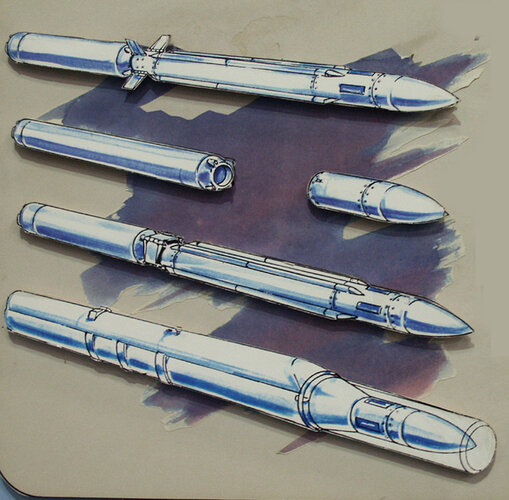A General Dynamics official said his team's AAAM will use a pulsed radar that will cue the missile and tell it when the next pulse and data burst will be. The information is coded, and will be pulsed at many times per second in the terminal phase, on a different frequency each pulse to survive ECM. The missile is updated through the targeting pod, which can talk to the missile and track targets from the front or back, making it a "launch and maneuver" weapon, the company official said. In terminal phase, the radar radome is jettisoned to expose a hemispherical IR seeker.






